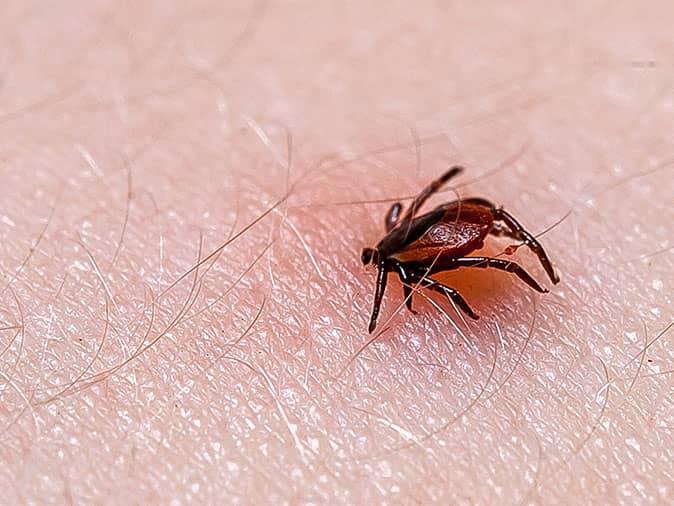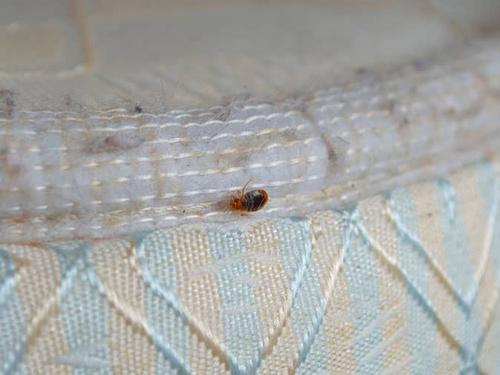Facts About Lyme Disease In Colorado
With the resurgence of ticks every spring, there is much ado about the threat of Lyme disease. However, while there is an abundance of ticks in Colorado, no human case of Lyme disease has originated in this State. While May is Lyme Disease Awareness Month, it is, for the most part, a concern in the Northeastern region of the United States, leaving residents of Colorado free of the risk of Lyme disease.

While Colorado ticks do not carry Lyme disease, there are many other tick borne illnesses of which to be aware. More than 30 species of ticks are known to reside in Colorado but the Rocky Mountain wood tick and the American dog tick are two of the most common ticks that affect humans. These ticks are of the ixodidae family, commonly referred to as hard-shelled ticks, and have a distinctive plate on the back just behind the head. These ticks will attach themselves to a host, feed for several days, become extremely bloated and then drop off the host.
This behavior is much different than those of the Argasidae family, commonly referred to as soft ticks. The soft ticks are usually found in the nest of their animal host. They feed often but only a few hours at a time.
Because they can transmit diseases, human awareness and knowledge of ticks becomes an important subject and shows the need for Loveland pest control as well as pest control in Fort Collins and throughout Colorado. Ticks are blood-feeding parasites and are more common at the higher elevations of Colorado. They are capable of transmitting diseases such as Colorado tick fever, Rocky Mountain spotted fever, tularemia and relapsing fever.
Most human encounters with ticks involve the Rocky Mountain wood tick and the American dog tick. These two ticks are closely related and have similar life cycles that include larva, nymph and adult. They are a three-host tick meaning that feeding must occur with a different host for each stage. Remembering that a tick feeds continuously until it bloats and falls off its host, it is assumed that each stage will affect or require a different host. Feeding activity of the first two stages usually always involves a small mammal. However, after the second feeding, the nymph will drop from its animal host and molt into the adult stage. It is the adult stage of tick that occasionally feeds on people. Tick activity can begin as early as March, but usually subsides by the end of July.

Testimonials
GETTING STARTED IS AS EASY AS 1-2-3
REQUEST FREE ESTIMATE
Pest Solutions For Homes & Businesses
We understand that pest problems can be unsettling and frustrating, but the solution shouldn't be. For over 55 years, we've been helping folks right here in Colorado take care of ants, spiders, mice, mosquitoes, wasps, bed bugs, bats and most other creepy crawly things. We'll get there fast to solve the issue quickly and affordably - Guaranteed.



